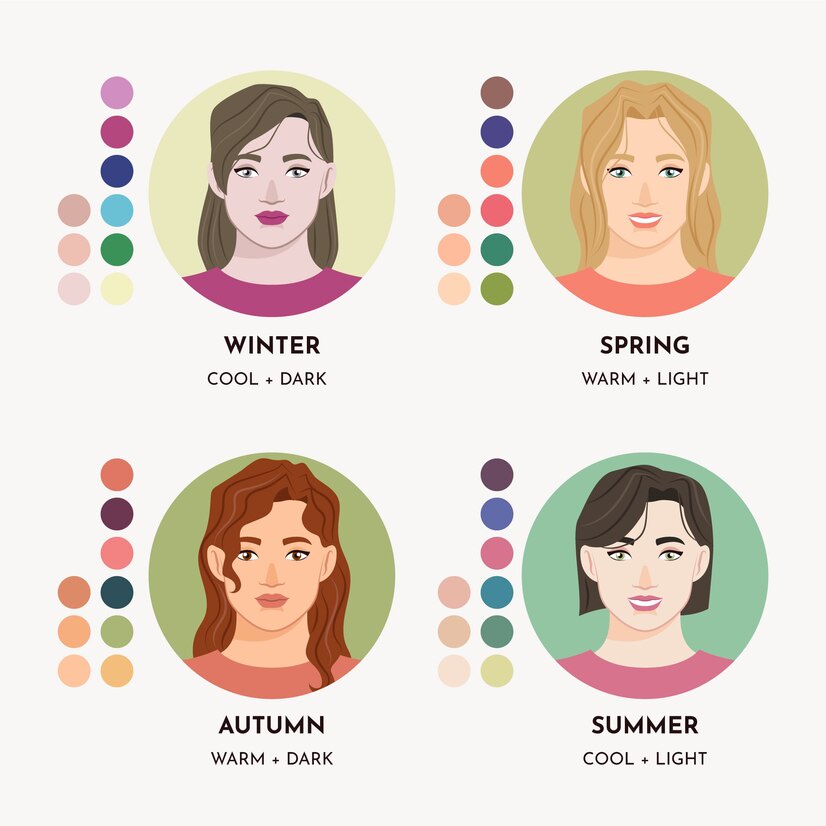Introduction:
For decades, the Fitzpatrick Scale has been the standard framework for classifying human skin types based on their response to sun exposure. However, as our understanding of skin diversity evolves, there is a growing recognition of the limitations of this traditional approach. In this article, we delve into alternative approaches to skin typing that offer more nuanced and inclusive assessments of skin characteristics beyond the Fitzpatrick Scale, including the role of skin tone charts in facilitating accurate assessments.
The Fitzpatrick Scale:
A Brief Overview: Developed in 1975 by dermatologist Thomas B. Fitzpatrick, the Fitzpatrick Scale categorizes skin types into six broad categories based on responses to sun exposure, ranging from type I (very fair skin, always burns, never tans) to type VI (deeply pigmented dark brown to black skin, never burns). While the Fitzpatrick Scale has been valuable in certain contexts, its simplicity and lack of granularity can limit its applicability, particularly in diverse populations.
Challenges with the Fitzpatrick Scale:
One of the primary challenges with the Fitzpatrick Scale is its Eurocentric bias, as it was originally developed based on observations of predominantly white populations. This bias can result in misclassification and underrepresentation of individuals with darker skin tones, who may have different skin characteristics and responses to various stimuli.
Moreover, the Fitzpatrick Scale primarily focuses on skin's reaction to sun exposure, overlooking other important factors such as skin texture, hydration levels, and susceptibility to certain dermatological conditions. As a result, the Fitzpatrick Scale may not provide a comprehensive understanding of an individual's skin type, especially in clinical settings where detailed assessments are necessary.

Alternative Approaches to Skin Typing:
In recent years, researchers and dermatologists have explored alternative approaches to skin typing that offer more comprehensive and nuanced assessments of skin characteristics. These approaches take into account a broader range of factors, including genetics, ethnicity, environmental influences, and specific skin concerns.
One promising alternative to the Fitzpatrick Scale is the Baumann Skin Type Indicator (BSTI), developed by dermatologist Dr. Leslie Baumann. The BSTI classifies skin types based on four key parameters: sensitivity, pigmentation, oiliness, and tightness. By considering multiple dimensions of skin health and function, the BSTI provides a more personalized and tailored approach to skincare and treatment recommendations.
Furthermore, the integration of skin tone charts into alternative skin typing approaches can enhance accuracy and inclusivity. Skin tone charts provide a visual reference for assessing the full spectrum of skin colors and undertones, enabling dermatologists to make more informed decisions about treatment options and skincare regimens tailored to individual patients' needs.
Another emerging approach to skin typing is genetic profiling, which leverages advancements in genomics to identify genetic variations associated with different skin characteristics. By analyzing genetic markers related to skin pigmentation, hydration, and susceptibility to certain conditions, genetic profiling offers insights into individualized skincare regimens and treatment strategies.
Moreover, artificial intelligence (AI) and machine learning algorithms hold promise for enhancing skin typing accuracy and precision. These technologies can analyze vast datasets of clinical images and patient data to identify patterns and correlations between skin characteristics and specific skin types. By leveraging AI-driven skin analysis tools, dermatologists can make more informed diagnoses and treatment decisions tailored to each patient's unique needs.
Conclusion:
As our understanding of skin diversity continues to evolve, it's clear that a one-size-fits-all approach to skin typing is no longer sufficient. Alternative approaches that consider a broader range of factors, such as genetics, ethnicity, and specific skin concerns, offer more personalized and accurate assessments of skin characteristics.
Beyond the Fitzpatrick Scale, innovative frameworks such as the Baumann Skin Type Indicator, genetic profiling, and AI-driven skin analysis tools are revolutionizing the field of dermatology and skincare. By embracing these alternative approaches and integrating skin tone charts into the assessment process, dermatologists can provide more effective and tailored treatments, leading to improved outcomes and patient satisfaction.
Moving forward, continued research and collaboration are essential for advancing our understanding of skin typing and developing comprehensive frameworks that reflect the diversity and complexity of human skin. By exploring alternative approaches and embracing innovation, we can pave the way for a more inclusive, personalized, and effective approach to skincare and dermatological care.


No comments yet